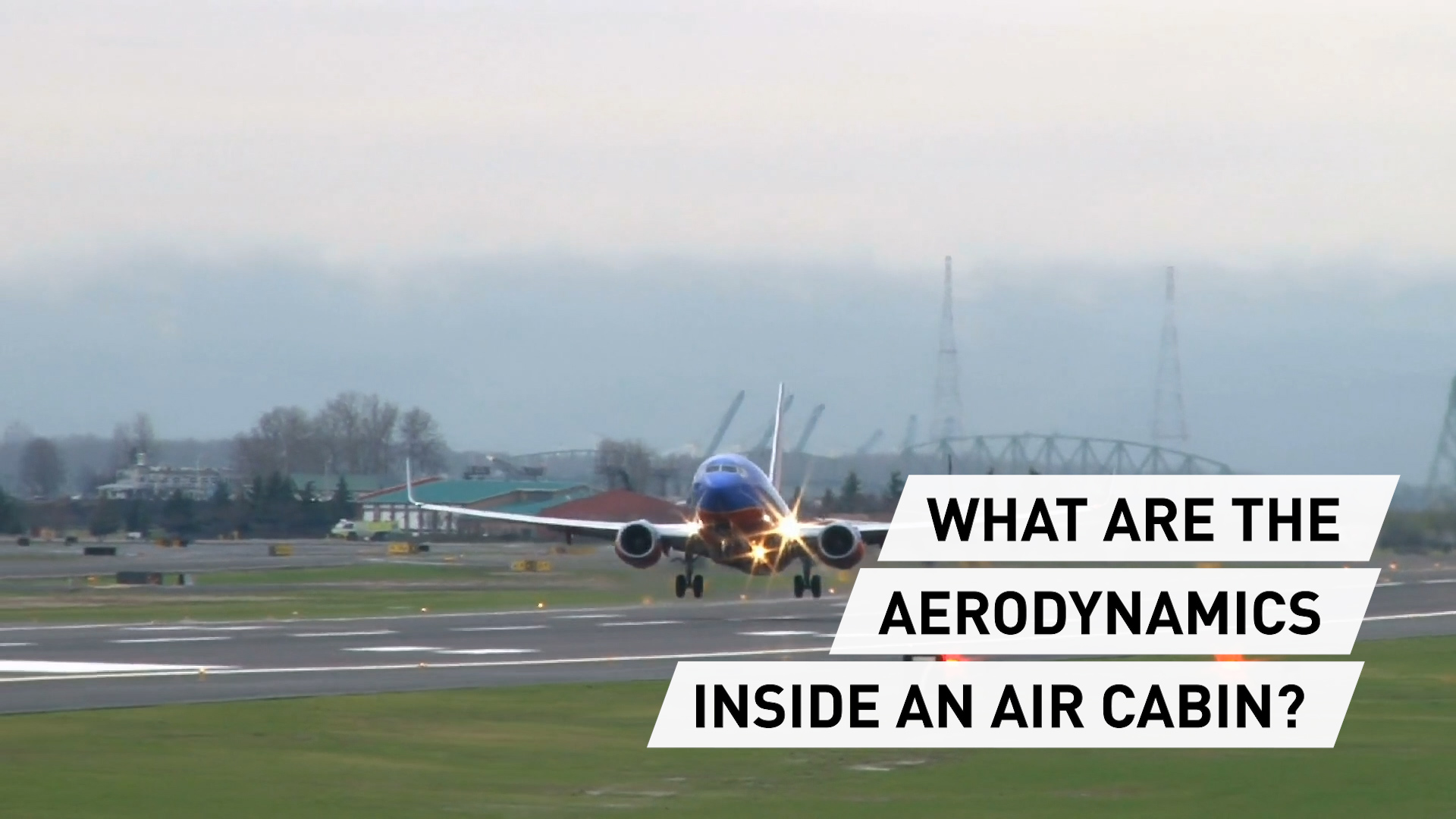05:00

As some countries reopen their borders to international travel, airlines are implementing measures to reduce the risk of infection for passengers whilst traveling.
A simple cough can project droplets into the air ranging in size. Gravity will force large droplets to the ground, but smaller droplets could stay suspended in the air for a long time.
Qingyan Chen, a professor at Purdue University, and his team have modeled different scenarios within air cabins to study how particles can circulate.
Ventilation systems on most commercial airlines are specifically designed to circulate air. Air in the cabin is refreshed every four minutes through HEPA, or High Efficiency Particulate Air, filters which, according to the Centers for Disease Control and Prevention, removes 99.9 percent of all germs.
But, within those four minutes, air has usually mixed across three rows in front and behind, possibly even as much as across five to seven rows if people have been moving up and down the aisles.
Chen and his team have designed a new ventilation system that doesn't mix the clean air in the cabin. Rather than from above, air is supplied from below, directly into your breathing zone.
Then, when you breathe out, the contaminated air rises and is extracted at ceiling level. The team says that they anticipate a 50 percent reduction in the risk of infection with their new design.
Read more in our special report - Aviation: A New Trail